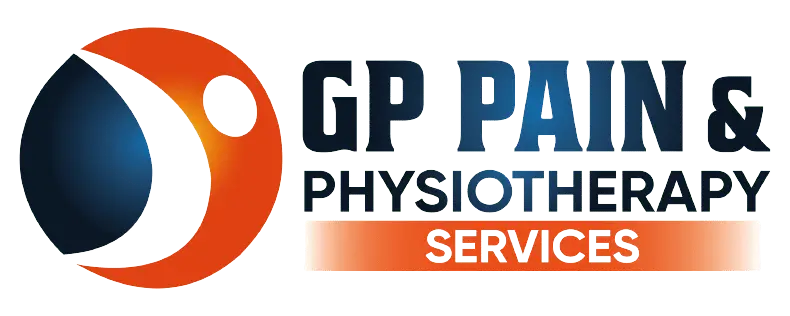Pelvic Floor Physiotherapy Grande Prairie
Pelvic Floor Physiotherapy Grande Prairie
Do you find yourself constantly searching for the nearest bathroom? Are you experiencing discomfort during intimacy or even normal day-to-day activities? Don’t let your pelvic health hold you back. At GP Pain & Physiotherapy Clinic, we understand the intimate and sometimes sensitive nature of pelvic issues. Our dedicated and empathetic physiotherapists are specially trained in pelvic floor physiotherapy Grande Prairie, offering women health physio and male pelvic floor physiotherapy services.

Understanding Pelvic Floor Dysfunction: Let's Break it Down
The pelvic floor is a group of muscles spanning the bottom of the pelvis, playing a vital role in functions like urination, bowel movement, sexual performance, and childbirth. When these muscles become tight or weak, it can lead to symptoms, such as incontinence, discomfort, and more. Both men and women, regardless of gender, can experience pelvic floor dysfunction, though the symptoms might differ.
Pelvic Floor Physiotherapy: Beyond Kegels
While Kegel exercises are often synonymous with pelvic floor strengthening, they are just one piece of the puzzle. A tailored pelvic floor physiotherapy program goes beyond Kegels, encompassing manual therapy, biofeedback, therapeutic exercises, relaxation techniques, and education. It’s about strengthening the pelvic muscles and teaching them when to relax and contract appropriately, achieving an optimal balance.
Pelvic Physiotherapy: A Holistic Approach to Your Pelvic Health
Our approach to pelvic physiotherapy at GP Pain & Physiotherapy Clinic in Grande Prairie involves a comprehensive evaluation of your condition followed by a personalized treatment plan. We use various techniques, including manual therapy, exercises, and education.
Understanding the role of the pelvic floor and learning how to engage these muscles correctly is a crucial component of pelvic floor physiotherapy. Our physiotherapists provide education on how to identify, engage, and relax the pelvic floor muscles, incorporate these techniques into daily life, and manage and prevent future symptoms.
Whether you’re dealing with pregnancy-related issues, post-prostatectomy incontinence, sexual dysfunction or other pelvic health conditions, we’ve got your back!
Pelvic Floor Conditions and their Treatment Approaches
Here are some of the common conditions treated with pelvic floor physiotherapy, the techniques used, and the potential outcomes of the treatment:
01
Urinary Incontinence
02
Fecal Incontinence
03
Pelvic Organ Prolapse
04
Sexual Dysfunction
05
Pelvic Pain
06
Diastasis Recti
07
Constipation
08
Post-Surgical Rehabilitation
09
Pregnancy and Postpartum Care

Breaking Down Barriers: No Stigma in Seeking Help for Pelvic Health
Unfortunately, due to societal norms and lack of awareness, conditions related to the pelvic floor have often been shrouded in silence and stigma. This can prevent individuals from seeking the necessary help, leading to unnecessary suffering and a decrease in quality of life. However, it’s essential to understand that issues with the pelvic floor, just like any other health concerns, deserve attention and care.
Pelvic floor disorders are not a sign of personal failing, nor are they something to be embarrassed about. They are common medical issues that affect countless people across the gender spectrum, including men, women, and those in the transgender community. It’s crucial to dispel the myth that these conditions are ‘normal’ or ‘expected’ parts of aging, childbirth, or life events – they are not.
Trust GP Pain & Physiotherapy Clinic With Your Pelvic Health
At GP Pain & Physiotherapy Clinic, we foster a non-judgmental, compassionate environment where your concerns are heard and your comfort is prioritized. Our professional and empathetic team is trained to handle sensitive topics with utmost care, ensuring your experience is comfortable, secure, and confidential.
Reach out to GP Pain & Physiotherapy Clinic today to embark on your journey towards improved pelvic health.
Get started on your journey to improved health Schedule your appointment today!


